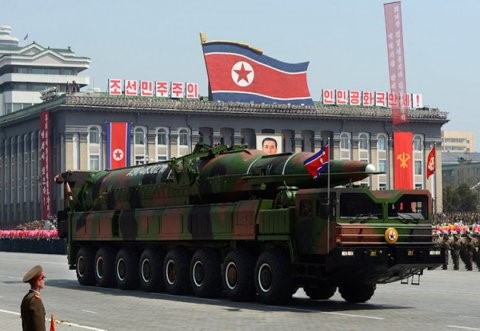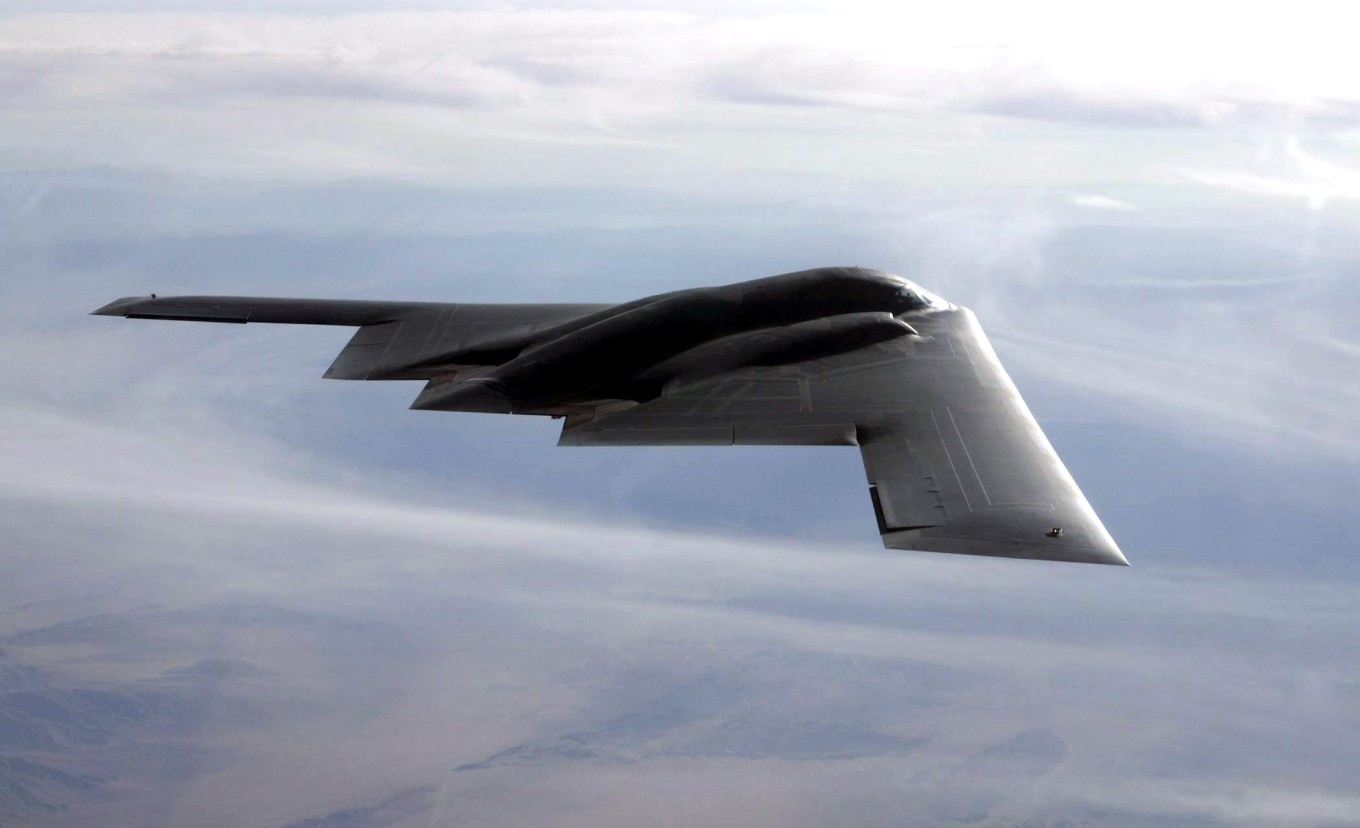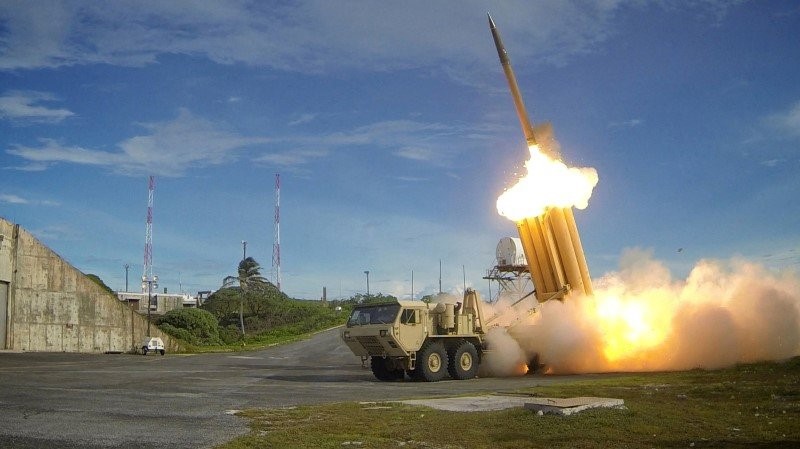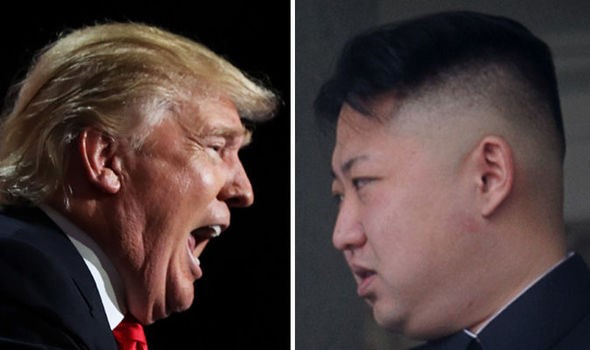Trump’s Preemptive Strike Option: What If?

On August 8, 2017, Trump bolded stated with the world watching, “They will be met with fire and fury like the world has never seen.”1 The North Korean regime fired back mentioning that a missile strike on Anderson Base on Guam is on the table to “send a serious warning signal to the US.”2 This war-like rhetoric has not only permeated the headlines of almost every major news network in America, but has also grabbed the attention of military and intelligence analysts in Congress, the intelligence agencies, and in think-tanks around the globe. Surely, should war break out between North Korea and the United States, the casualties would be much higher than any conflict in the 21st century. With diplomats and policy makers scrambling to attain a peaceful solution, there is no doubt that military commanders on both sides remain on edge. The United States has long pondered on the question of a preemptive strike to neutralize the nuclear capabilities of North Korea. But in 2017, what would that look like? This article will briefly assess the execution of a preemptive strike conducted by the United States and will integrate many facets of tactical, operational, and strategic assets of wargaming. Given that OPLAN 5015 is classified, the following war game is based on current and applicable data available to the civilian population by information provided by think tanks, intelligence agencies, and the United States military.
Disclaimer
This article is not in support or dissent of military action against North Korea. This article will utilize military science and planning in depth to assess the strategic and tactical obstacles that the United States military would face against the Democratic Republic of Korea. Given the recent developments and warming up of tensions in the region, it would be wise to consider all consequences of warfare in the nuclear age and to plan and learn from the mistakes of the past to construct the most optimum solution.

Situation
The major threats to American and Allied forces on a strategic level would be North Korea’s ballistic missile arsenal which could wreak havoc on not only military forces but also on innocent civilian populations in the Pacific Theater and perhaps as far east as the continental United States. According to the CSIS Missile Defense Project, North Korea’s Hwasong-14, an intercontinental ballistic missile (ICBM), now has the projected range of an excess of 9,500km as discovered through an analysis of the July 28th test.3 Their arsenal also includes several short range ballistic missiles (SRBM) which threaten their more immediate threats such as South Korea and Japan.4 The pure devastation these weapons can produce with the possibility of a nuclear fallout make them the number one priority.

North Korea’s buildup of heavy artillery just north of the demilitarized zone (DMZ) places American and Republic of Korean (ROK) forces south of the DMZ in jeopardy. Also, North Korea would likely direct several artillery corps to target the population center Seoul, also the capital of South Korea.5 The prospect of the destruction of a major metropolitan area with a high density of civilians makes the artillery batteries priority number two. There are three main tactical threats to American forces. 1.) Massed artillery on the DMZ is a prerequisite for a Soviet style breakthrough 2.) North Korea’s mobile and static SAM sites threaten American air power 3.) North Korea’s large but antiquated air force.
Worst case scenario, the preemptive strike fails, nuclear missiles are launched and detonated on targets and Seoul is reduced to rubble. A fully coordinated artillery barrage and the launch of more than a million North Korean soldiers would result in casualties ranging in the hundreds of thousands.6

Mission
The primary goal of this war game would be to neutralize North Korea’s ability to wage thermonuclear war. Because this is the most dangerous threat, this will be priority one. To achieve this, the United States Air Force (USAF) and the United States Navy (USN), with support elements of the United States Army would strike North Korean targets with lethal discrimination, overwhelming airpower, accurate precision, and lightning speed. A successful assault would destroy the North Korean nuclear arsenal before a missile launch and render their conventional forces powerless in the face of American air superiority. Another central part of this mission would be to attack North Korea’s centralized military structure. Unlike the United States’ decentralized command structure focused on mission-type tactics7, North Korea’s military command is reminiscent to the Soviet style of a highly centralized command, and as such missile commanders and artillery officers are directly under the control of the Fourth Department of the General Staff’s Department’s Operations Bureau. During wartime, control is granted to the independent artillery corps commanders.8 This loophole is perhaps, the key to immobilizing North Korean artillery emplacements targeting Seoul without physically attacking them. Lines of communication between the general staff’s department and corps commanders must be disrupted either through bombing, electronic warfare, or cyber attacks. If successful, it is quite possible to completely neutralize and immobilize entire artillery corps and missile launches by ensuring that shift of command never reaches the ears of the corps commanders. It is likely that North Korean officers in the field would not take any offensive action without explicit and clear orders from the higher chains of command given that control hasn’t been transferred to them. To conduct such a military operation, it would constitute the most extensive and secretive military mobilization in military history.

Preparation
- Secretly amass quick strike aircraft such as the F/A-15 Strike Eagle, F-22 Raptor, and the F-35A Lightning on the closest bases to North Korea (Kunsan, Osan, and Jungwon Air Force Bases)
- America’s three strategic bombers such as the B-52H Stratofortress, B-1 Lancer, and the B-2 Stealth Bomber would mobilize on Anderson AB and Kadena AB.
- Preparation of communications and logistical supply lines
- Deployment of CVN 70 USS Carl Vinson, CVN 76 USS Ronald Reagan, CVN 68 USS Nimitz, and their escort groups to the Sea of Japan
- Deployment of Special Forces under the United States Special Operations Command9 to North Korea
- Deployment of recon Unmanned Aerial Vehicles (UAV)10, and position of satellite imaging
- Deployment of the Guardian Angel Weapon System11

Pre-Strike Phase
- E-3G Sentry Airborne warning and control system aircraft would be launched to detect hostile surface and air threats12
- B-2 Stealth Bombers and B-1 Lancers depart Anderson AB and Kadena AB and head for their targets: nuclear facilities like Yongbyon Nuclear Station13 and all known missile launch sites in the northern part of North Korea as they likely present the most difficult targets due to their position inland
- B-52 Stratofortress14 depart Kadena AB and Anderson AB, reach their cruising altitude of 36,000 feet, and head for their targets: artillery emplacements located north of the DMZ and all known missile launch sites15
- USS Carl Vinson, USS Ronald Reagan, USS Nimitz (Carrier Group 1) set sail for Eastern Korea and deploy the EA-18G Growler electronic intelligence aircraft16 and the E-2D Advanced Hawkeye airborne early warning aircraft17
- Land based fighters/attackers would depart Kuansan, Osan, and Jungwon AB, fly below radar surveillance, and head for the western part of North Korea.
- KC-46A Pegasus refueling tanks take up positions in the Yellow Sea and in the Sea of Japan to expedite return trips
- Carrier strike groups of F/A-18 Super Hornets18 armed with A/A missiles and ATG weaponry are launched

Execution
- All known nuclear facilities, launch sites, and communication lines are attacked at the same time with a disparity of at least 20 seconds
- All known nuclear missiles and assets are targeted by high-altitude and supersonic strategic and tactical bombers
- North Korean communication lines, radio stations, radio towers, or signal facilities are either physically bombed, electronically disabled, or hacked to purposefully cause confusion between higher and lower chains of command
- Dedicated Suppression of Enemy Air Defenses (SEAD)19 aircraft strike all known anti-aircraft assets
- Waves of F-15 Strike Eagles, F-22 Raptors, and F-35 Lightnings strike targets on the western coast of North Korea
- Waves of F/A-18F strike targets on the eastern coast of North Korea
- North Korean runways cratered, thus immobilizing the already weak North Korean air force
- Main regional power units are severed to generate isolation
- Time sensitive targets are monitored and identified as they appear by UAV and special forces reconnaissance. They are then engaged by patrolling aircraft or supersonic quick reaction forces.
- Any friendly plane shot down immediately activates the Guardian Angel Weapon System.
- The President of the United States notifies Congress of the preemptive strike after the 30-minute window

Detection of an Intercontinental Missile Launch
- The launch of an Intercontinental Missile would be detected by the SPY-1 Radar, which would feed tracking information to AEGIS designated warships.20
- AEGIS would continually track until the missile has reached the minimum engagement range or has entered the mid-course phase.
- AEGIS would continue to engage the target with SM-3 missiles until it is destroyed, no longer in range, or has reached the terminal phase.21
- If AEGIS fails, then THAAD would engage the target and attempt to hit-to-kill the target.22
- IF THAAD fails, then… let’s not think about that.

Summary
If this preemptive strike works and achieves its goals, then North Korea’s main threats would be completely neutralized. Eventually, chains of command would link, and then the ground battle between South and North Korea would commence under the skies of complete American dominance. However, the important thing to remember is that the art of warfare, and especially the art of a preemptive strike in the modern age is significantly complex and challenging with a high probability of risk and failure. As the President of the United States and his staff consider the war option, many hope that the world can achieve a diplomatic and relatively peaceful solution. Nevertheless, if such a large-scale war does break out, it will certainly cost the lives of American soldiers, innocent civilians, years of peace, and perhaps, the fate of the world to come.
Sources
[1] http://www.cnn.com/2017/08/09/politics/trump-fire-fury-improvise-north-korea/index.html
[2] http://www.cnn.com/2017/08/08/politics/north-korea-considering-guam-strike-trump/index.html
[3] https://missilethreat.csis.org/missile/hwasong-14/
[5] http://nationalinterest.org/blog/the-buzz/could-north-korea-annihilate-seoul-its-artillery-20345
[6] http://www.newsweek.com/2017/05/05/what-war-north-korea-looks-588861.html
[7] Auftragstakik, or Directive Control, in Joint and Combined Operations
[8] http://nationalinterest.org/blog/the-buzz/could-north-korea-annihilate-seoul-its-artillery-20345
[9] http://freebeacon.com/national-security/us-commandos-set-counter-north-korean-nuclear-sites/
[11] http://soldiersystems.net/tag/guardian-angel-weapon-system/
[12] http://www.fi-aeroweb.com/Defense/E-3-Sentry-AWACS.html
[13] http://www.nti.org/learn/facilities/766/
[14] http://www.af.mil/About-Us/Fact-Sheets/Display/Article/104465/b-52-stratofortress/
[15] http://www.nti.org/learn/facilities/766/
[16] http://www.boeing.com/defense/ea-18g-growler/
[17] http://www.northropgrumman.com/Capabilities/E2DAdvancedHawkeye/Pages/default.aspx
[18]http://www.boeing.com/defense/fa-18-super-hornet/
[19]http://en.citizendium.org/wiki/Suppression_of_enemy_air_defense
Categories
Jonathan Alegria View All
Sophomore at Fordham University studying political science and international affairs with a focus on American foreign policy, military science, and regional relations.
